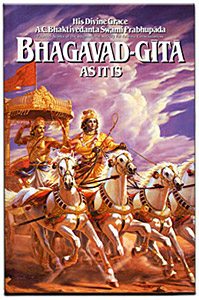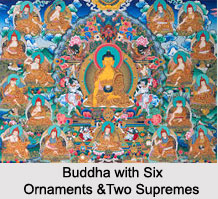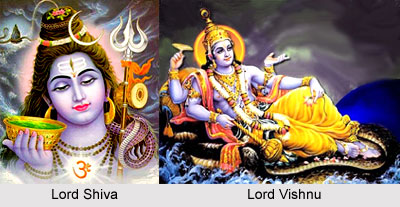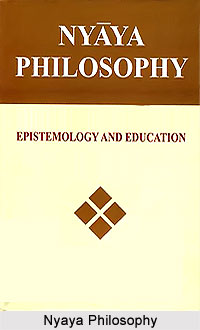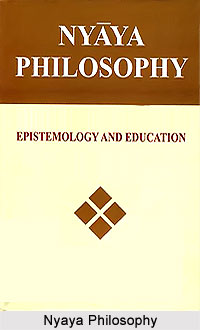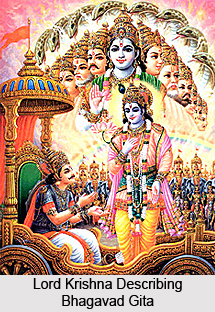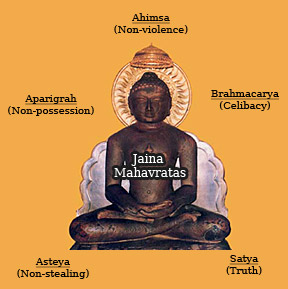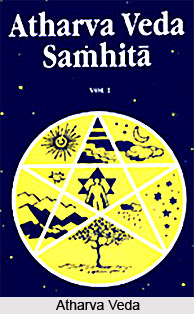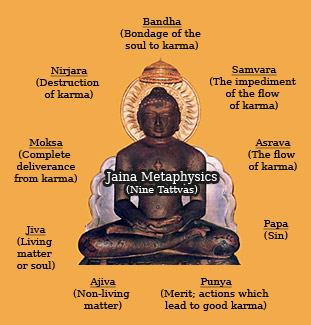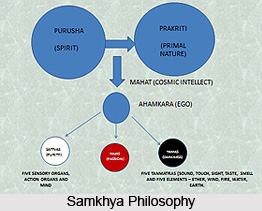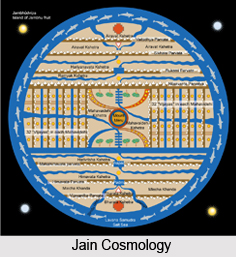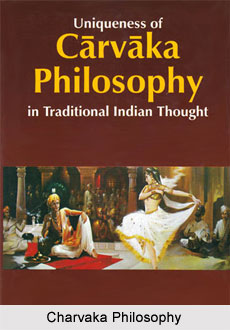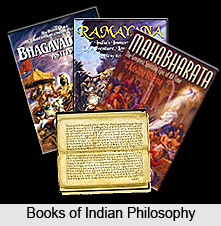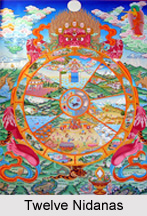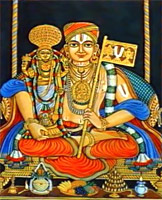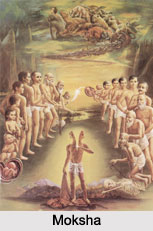 Moksha is one of the basic themes of Hindu philosophy. The term is found prevalent in Hinduism, Jainism, Buddhism and Sikhism, and it refers to the liberation from the cycle of death and rebirth as well as all the sufferings and limitations of worldly existence. This kind of liberation can be achieved by and accompanied with the complete ending of all material passions. The beliefs of the Hindu Religion hold that true liberation occurs when the individual soul recognizes itself with the Source of all phenomenal existence known as Brahman.
Moksha is one of the basic themes of Hindu philosophy. The term is found prevalent in Hinduism, Jainism, Buddhism and Sikhism, and it refers to the liberation from the cycle of death and rebirth as well as all the sufferings and limitations of worldly existence. This kind of liberation can be achieved by and accompanied with the complete ending of all material passions. The beliefs of the Hindu Religion hold that true liberation occurs when the individual soul recognizes itself with the Source of all phenomenal existence known as Brahman.
Moksha is basically forsaking the material and worldly life and establishing oneself as a devoted servant of Lord Vishnu in Vaishnavism, which is the largest branch of Hinduism. The Upanishads, Bhagavad Gita, Mahabharata and the Ramayana also emphasize on the personal, devotional type of Moksha which is achieved through the practice of Bhakti Yoga. Within Moksha, there lies the ultimate peace, the ultimate knowledge, the ultimate enlightenment and the ultimate paradise. In Buddhism liberation is Nirvana. This is the goal of the Buddhist path. In Jainism, when a soul is released from the cycle of births and deaths it achieves Moksha. Thereafter it becomes a Siddha. In Sikhism it is Jivan Mukti that stands for ultimate reality. The Mukta becomes the master of sense and self, fearless and devoid of resentment, upright, humble, no desires and clings to nothing.
Kinds of Moksha
The concept of Moksha in the Hindu Religion is mainly of two types. These are personal and impersonal. Moksha is defined as the loving, eternal union with God and considered the highest perfection of existence. In Advaita philosophy Moksha is union with the oneness which Advaita advocates.
Path to attain Moksha
In Hinduism self-realization is the key to obtain Moksha. There are believed to be four Yogas or paths for the attainment of Moksha. They are the ways of working for the Supreme, realizing the Supreme, meditating on the Supreme and serving the Supreme in loving devotion. One must achieve Moksha on his or her own under the guidance of a "guru".
Knowledge required for attaining Moksha
According to Upanishads Jnana is the sole means to Moksha. One should achieve not mere verbal knowledge but a kind of intensive knowledge which is generated by constant meditation. The view that knowledge derived by the study of sacred texts leads to upasana has been established on the basis of the Upanishadic teachings. The knowledge of Brahman generated by the study of the Upanishads thus serves as an aid to nididhyasana or meditation.


